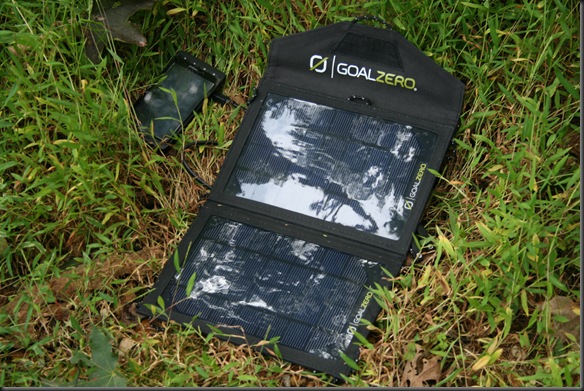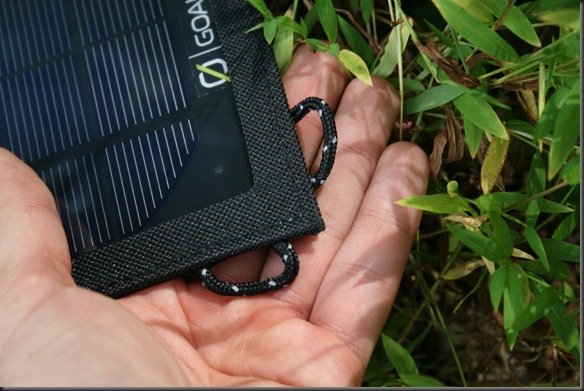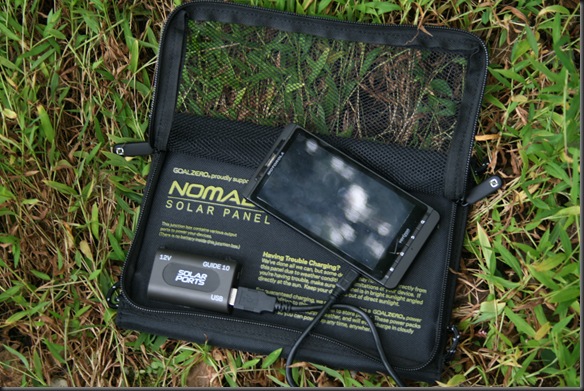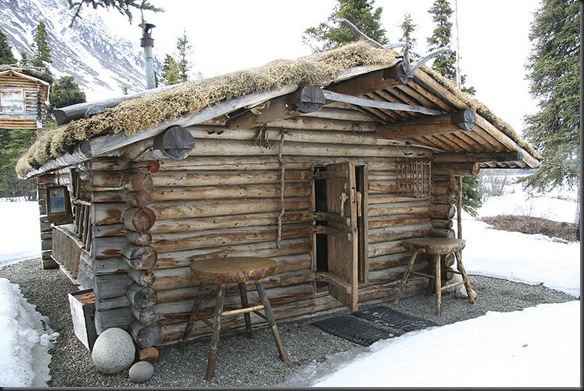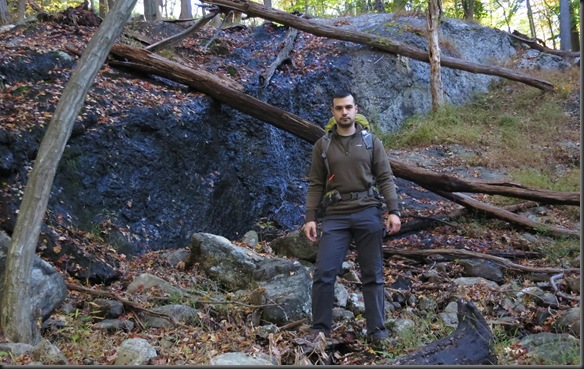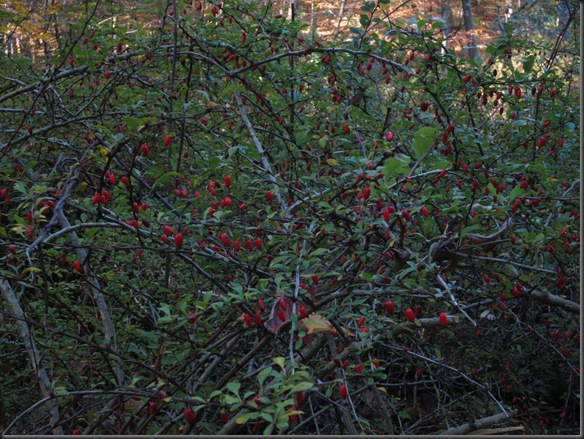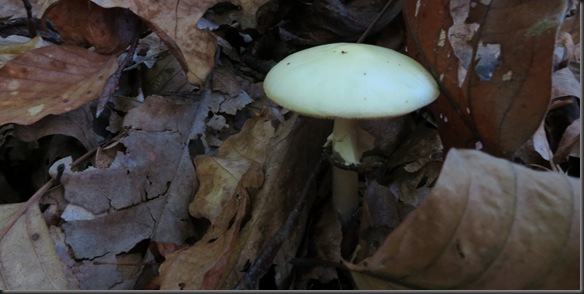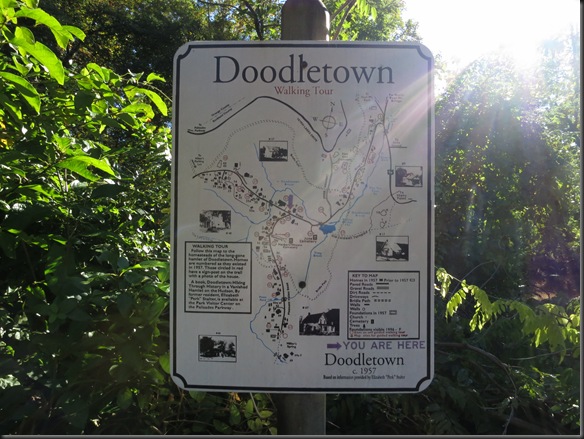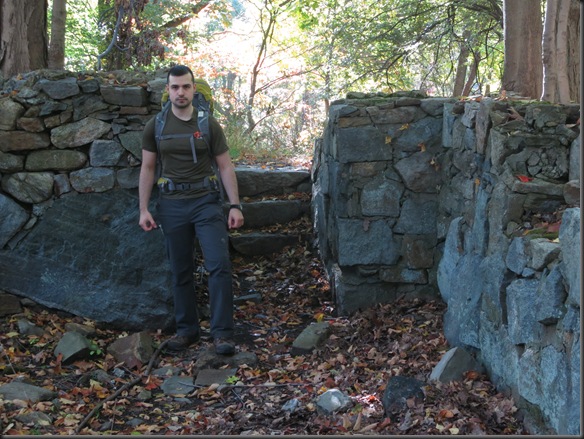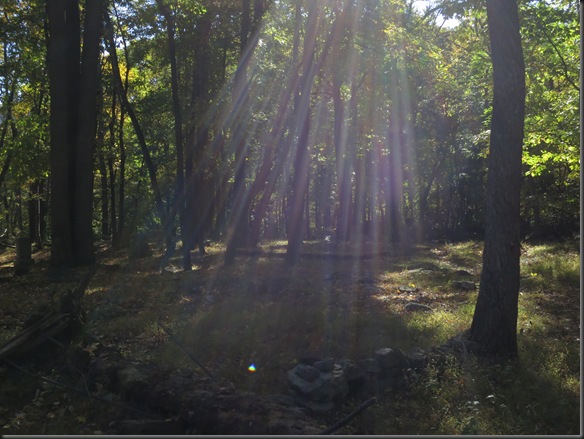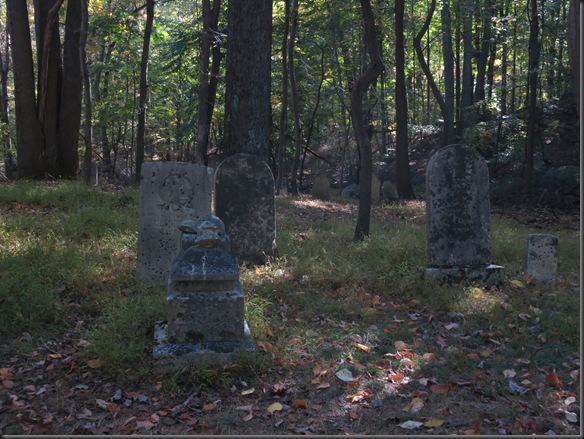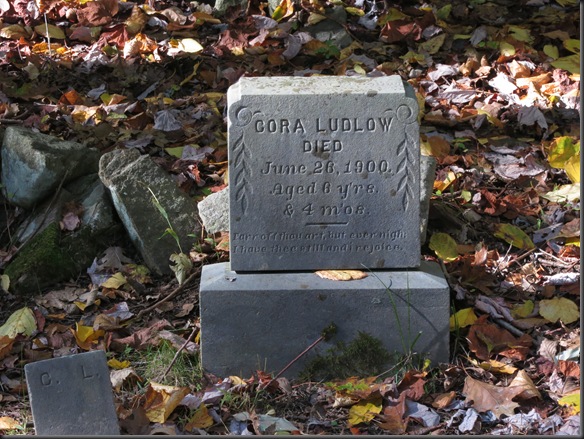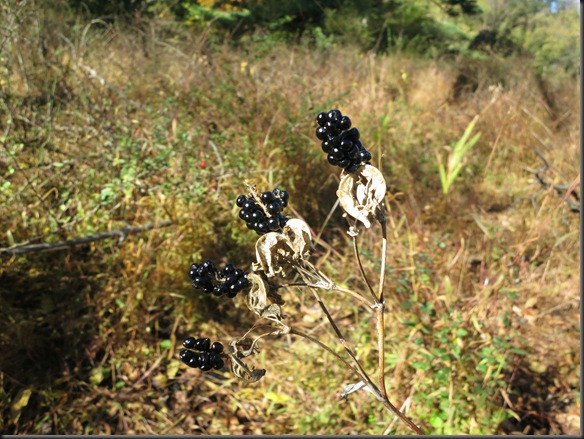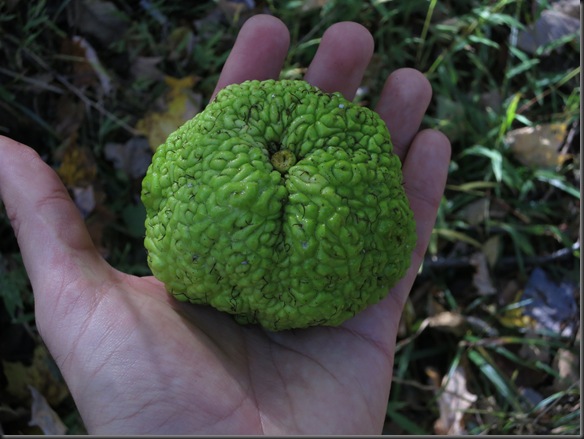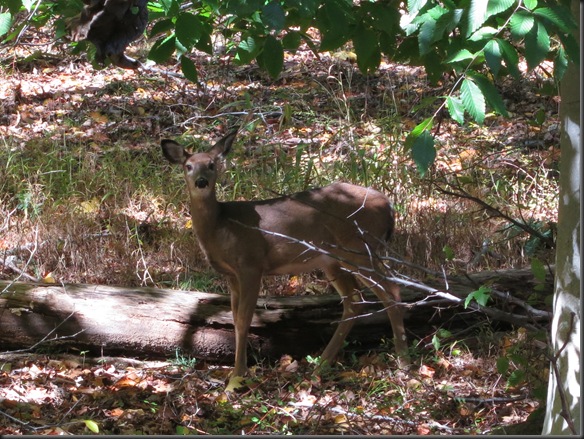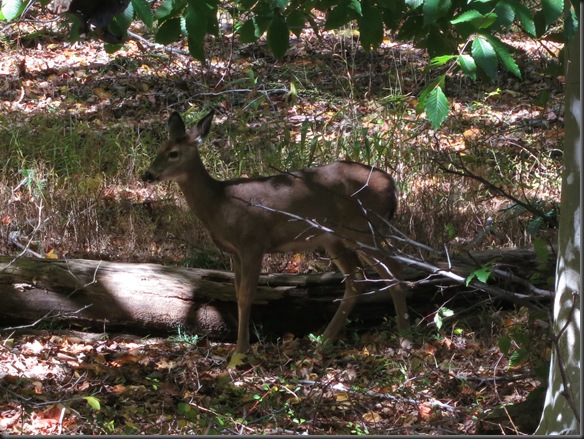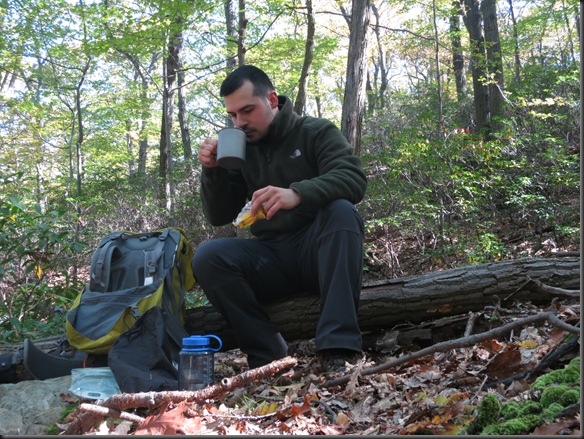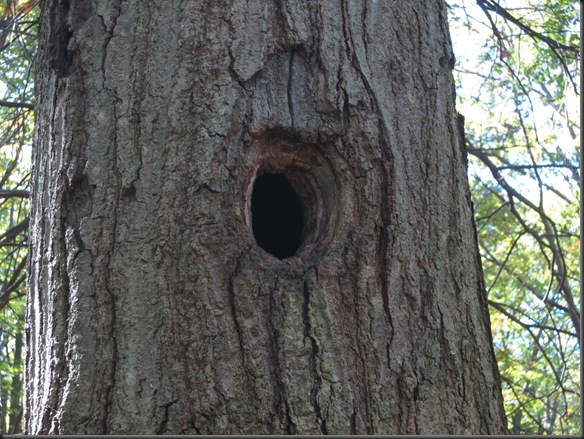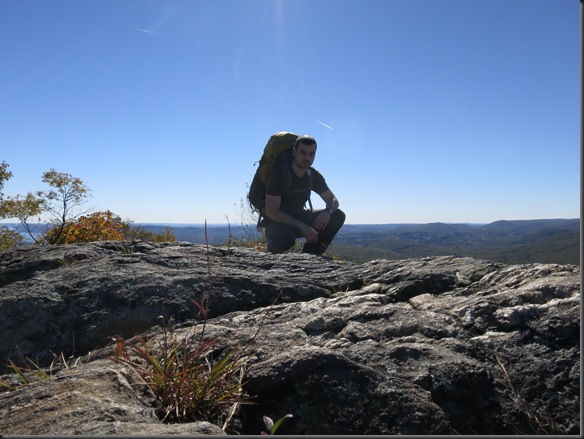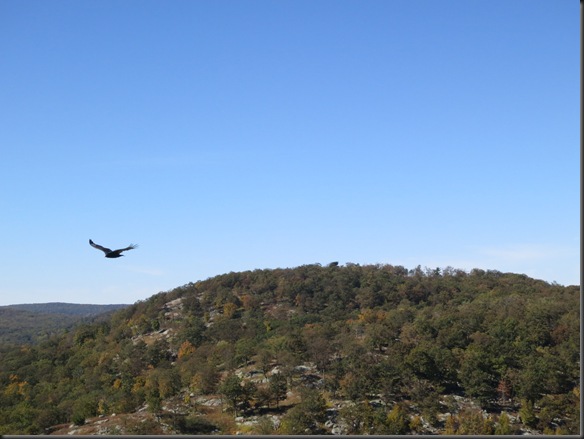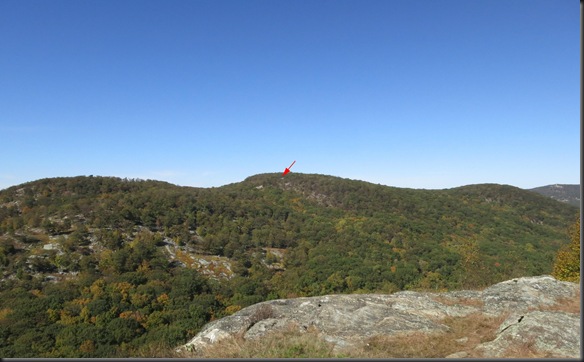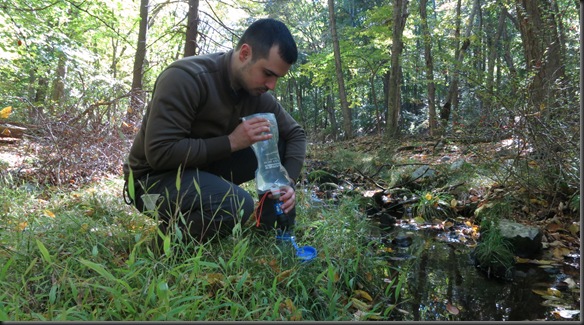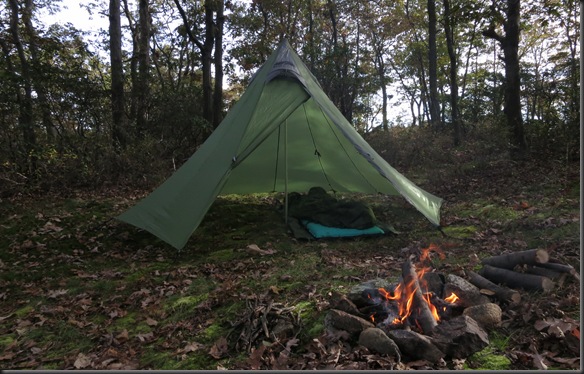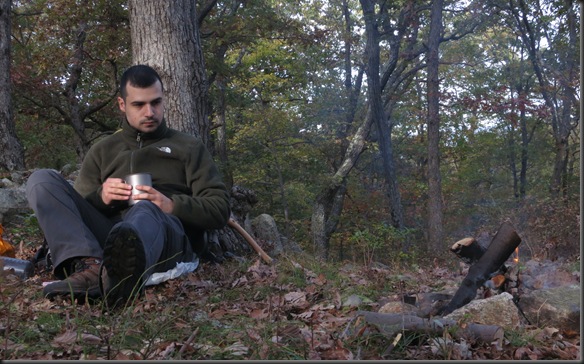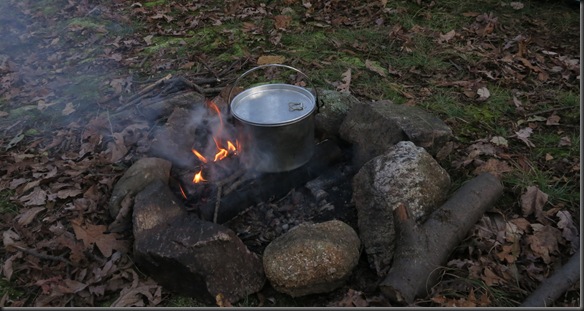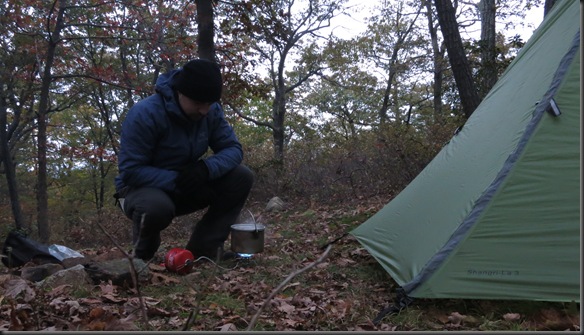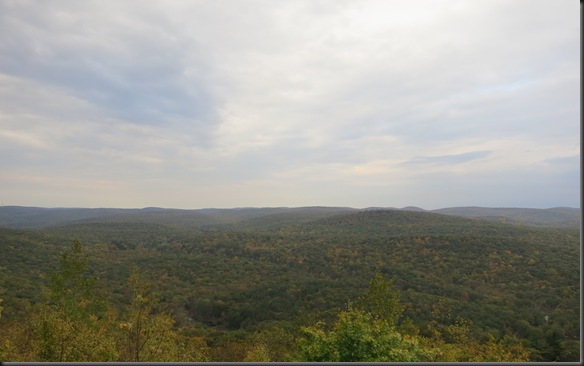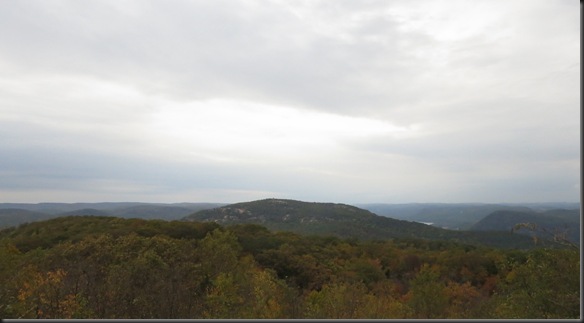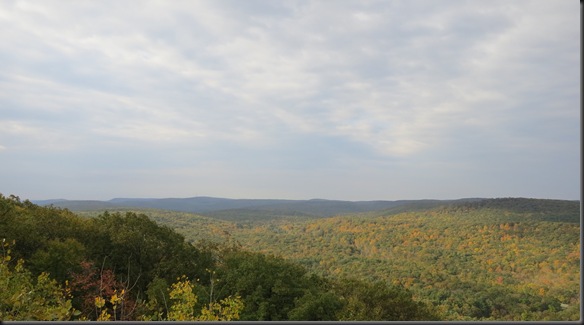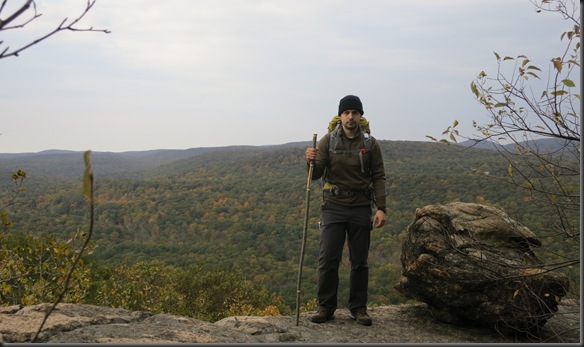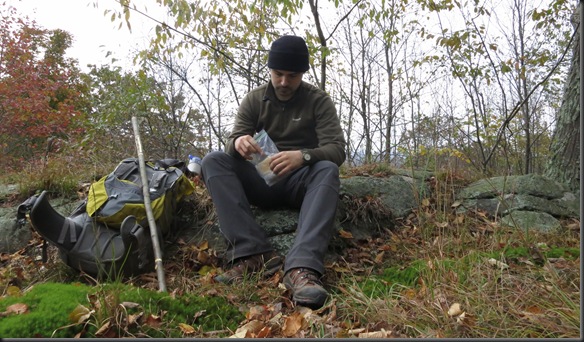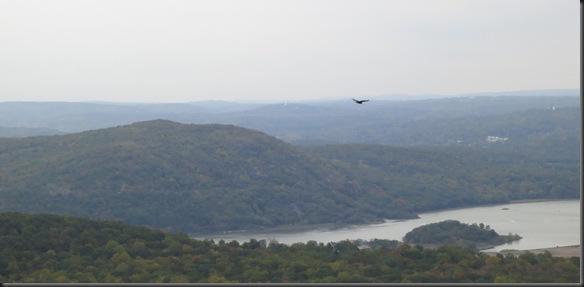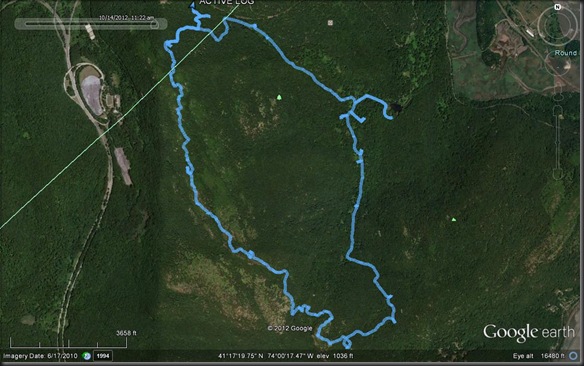Wednesday, October 31, 2012
Coffee, Walnut and Raisin Cake - Recipe
I've always enjoyed coffee and walnut cake, and this recipe by Tana Ramsay from her book I Love to Bake! is perfect. I particularly liked the addition of raisins and used huge plump raisins. It's best to dust the raisins with flour before stirring into the cake otherwise they may well sink to the bottom, which is exactly what happened to me. I turned my cake over, and now the raisins are at the top of the cake, and I then happily slathered over the buttercream and sprinkled with chopped walnuts. I wasn't too sure about the coffee, walnut, raisin combo before I made the cake, but it works beautifully.
The cake doesn't need dressing up with a circle of neatly placed walnut halves, a scattering of walnut pieces is the way to go. After all, the best dressed cake doesn't necessarily mean the cake is a winner.
Fortunately, not an overly sweet cake because the coffee butter cream is only on top, it is best not to be tempted to cut it in half. I used half the amount of butter cream suggested in the original recipe and found it was ample, and light brown sugar instead of caster sugar in the recipe, to give the cake more depth of flavour.
I've eaten the good, the bad and the disappointing coffee and walnut cake in coffee shops - this is the perfect coffee shop cake, it is moist, has a tender crumb, not too much topping and keeps well too. I cut mine into slices and popped it into the freezer and then kept going back to the freezer and taking out another slice, it is that good! Hubby thought this was a great cake too, he isn't very keen on cakes buried beneath a mound of sweet buttercream, and he said the cake/buttercream ratio I used was perfect for him. Phew!
Many of the bakes in I Love to Bake! are cooked at 200ºC or 220ºC which is something to be aware of - the suggested temperature for this cake is 200ºC and the timing is 35 minutes - if I cooked a deep cake at this temperature my cake would burn, peak and the batter would be a horrible volcanic mass. A few years ago I went on a Patisserie Course at the local college and they cooked everything, including cakes, at almost maximum temperatures. A Victoria Sandwich at college in commercial grade ovens cooked in 10 minutes!
Adapted recipe.
You will need: a 20cm round cake tin 5cm deep (I used a springform tin), greased , floured and base lined with parchment paper.
For the sponge:
175g softened butter, 175g light brown sugar, 3 large eggs beaten, 3 tbsp room temperature milk, 175g sifted self-raising flour, 1 tsp baking powder, 2 tsp instant coffee granules dissolved in 1 tbsp boiling water, 80g walnut pieces chopped, 60g plump raisins dusted in flour.
1. Preheat the oven to 160ºC.
2. Beat the butter and sugar together until light and fluffy. Add the eggs and milk gradually whilst continuing to beat. Sift the flour and baking powder over and fold into the mixture. Stir in the dissolved coffee granules.
3. Pour the batter into the baking tin and bake for 30-35 minutes. If it isn't cooked through cover with foil and pop back in the oven for 10 minutes or until cooked. Cool the baked cake for 5 minutes, turn out onto a cooling rack.
For the topping you will need:
125g softened unsalted butter, 150g sifted icing sugar, 4 tsp instant coffee granules dissolved in 1 tbsp boiling water(cooled a little), 30g chopped walnuts.
1. Place the butter into a bowl and beat until soft, add the sifted icing sugar and the dissolved coffee granules. Beat with a mixer for 5/10 minutes until light and fluffy.
2. Spread the butter cream over the top of the cake and decorate with the chopped walnut pieces.
Tuesday, October 30, 2012
TASCAM PCM iPhone App
I've just discovered this lovely app by browsing the web, and it's the TASCAM PCM Recorder, which is free and turns your iPhone, iPod Touch or iPad into a portable stereo recorder.
It has input and output level faders with an “on-screen” meter to check levels, and includes high and low EQ and a limiter to prevent overload. Pretty neat, isn't it? I tested it very briefly at home, and intend to test when Hurricane Sandy is out of the way...perhaps with the musicians in Washington Square Park.
It records in WAV format, and these audio files can be uploaded to Soundcloud as well. It seems it's only for iPhone (iPad and iTouch as well) for the time being. TASCAM also produces the iM2W, a small microphone designed specially for the PCM, which effectively turns the iPhone into a field recorder. It retails for $59, and might provide better audio quality than the built-in iPhone mic.
This is certainly worthwhile to consider, especially for those who are interested in joining my photo expeditions-workshops and/or my class at the annual Foundry Photojournalism Workshop...especially the latter who often are on budgets.
I shall recommend this alternative to buying an entry-level recorder, provided those interested already have iPhones. I expect the quality won't be much different between the two devices.
Disclaimer: I have no relationship with TASCAM other than being a consumer.
Monday, October 29, 2012
Terri Gold: Where Earth Meets The Sky
 |
| Photo © Terri Gold-All Rights Reserved |
"No matter where I am, I am always happiest with a camera or three in my hands…"Terri Gold is an award-winning photographer and artist based in New York City, and has built an impressive reputation for her rituals, rites of passage, festivals, celebrations and portraits from all over the world. She specializes in infrared imagery, which is her signature work.
She has just returned from Ladakh and has posted a new series of infrared imagery in a gallery she titled "Where The Earth Meets The Sky", which is just fabulous. He infrared treatment of her photographs gives the already ethereal moonscapes of Ladakh a unique look and feel.
Ladakh is the mountainous region in northwest Jammu and Kashmir in north India and in the area known as the Trans-Himalaya. Called by some as The Last Shangri-La (although a fistful of other regions and areas have been called that as well), its capital (or major town) is Leh. Ladakhis people are equally mixed between Buddhist and Muslim, but the majority of the tourist attractions are in the east and relate Tibetan Buddhist culture.
Terri describes Ladakh as a different world...and that certainly is an apt description, especially with her imagery talents.
Sunday, October 28, 2012
Elijah Solomon Hurwitz: Kashmir
 |
| Photo © Elijah Hurwitz-All Rights Reserved |
Illegal transmigration through neighborhoods with unusual names such as Kumpkapi and Shapira, a doomed neighborhood called Tarlabasi, the Roma people, unfamiliar countries such as Romania, Moldova and the region Transnistria, as well as Kashmir and a drive through South Africa, Botswana, and Namibia, are all subjects and issues that Elijah Solomon Hurwitz captured with his photography.
I especially liked Eli's Kashmir gallery...an eclectic mix of documentary, landscape and travel photography.
Elijah Solomon Hurwitz is an NYC based photographer with special interest on documentary and street photography, and social and cultural issues. He has traveled in over 40 countries.
Saturday, October 27, 2012
Judge Digital Yoghurt Maker - Review
The Judge Cookware Digital Yoghurt Maker is compact, and comes with seven 150 ml capacity jars, each with their own coloured lid, and after use they can be washed in the dishwasher. The instructions supplied with the yoghurt maker are very thorough and easy to follow.
I always have fun experimenting with new kitchen gadgets and making your own yoghurt is the perfect way to ensure you know exactly what goes into your pot of yoghurt, or is it yoghourt or yogurt?
All you need is a litre of milk and a pot of live yoghurt to produce seven jars of natural yogurt.
The milk has to be heated to 80ºC and then cooled down to 40ºC. Divide the pot of yoghurt between the jars, pour in the cooled milk, stir, replace the lids and sit the pots inside the yoghurt maker, place the cover over, set the timer between 7 to 8 hours and leave until the alarm sounds. It takes approximately 8 hours to produce a jar of yoghurt plus chill down time in the fridge.
I used full fat Goat's milk and a thick creamy live yoghurt which contains a lactobacillus culture. This produced a mild creamy yoghurt, it isn't as thick as bought but you know it is fresh and preservative free.
I filled the jars with chopped kiwi fruit, honey which is a favourite of mine, I also thawed some blackcurrants, redcurrants, blackberries and strawberries which have been stashed away in the freezer from my fruit bushes.
Use the instructions provided as a blue print and then try different milks to suit your needs and taste. UHT milk mixed with thick live yoghurt is mild, thick and creamy. Fresh milk mixed with milk powder and live yoghurt produces a thicker yoghurt. Live yoghurt is said to be beneficial for our digestive health and a jar of yoghurt poured over your breakfast cereal not only does you good but tastes wonderful too. Natural yoghurt will help tenderise meat and is a great standby to use as an ingredient in baking or cooking. Once you have made your own yoghurt you will wonder why you never made it before.
The Judge Digital Yoghurt Maker can be purchased from Cookshops, or from Amazon for £34.94 and will make a great gift too.
Thank you to Pam and Judge Cookware.
Dani Planas Labad: Burma
 |
| Photo © Dani Planas Labad-All Rights Reserved |
With its governmental reforms of 2011, Myanmar (Burma) has enhanced its "go to" status amongst Western tourists much farther than what it used to be, and travel photographers are now very keen to travel to this wonderful country to document a culture before it become too influenced by Western trends.
Dani Planas Labad is a Spanish travel photographer who's traveled and photographed in Morocco, Cambodia, India, Nepal, Iceland, Burma, New York and his native Barcelona. He tells his audience that he discovered his passion for photography when he turned 30, and toured Asia for 5 months with a Nikon F80. He bought a medium format Seagull camera in a Chinese street market, and subsequently took up digital photography.
The young boy in Dani's photograph is wearing thanaka paste on his face; widely used in Myanmar for the past 2000 years, it serves as sunscreen.
Lovers of Myanmar will relish Dani's gallery with over 80 photographs of the people and landscapes of the country.
Friday, October 26, 2012
Slow Cooker Recipe: Lamb Cooked in Red Wine
Slow cooker love - simply take a half shoulder of lamb or a leg of lamb joint and brown in a large frying pan. Add to the slow cooker. Throw a few quartered red onions into the slow cooker, and you needn't even peel them, because you will be straining all those fabulous slow cooker juices afterwards. Add a few cloves of crushed garlic, bay leaves, sprigs of thyme and rosemary. This is herb love too - my pots of herbs have been very kind to me and seemed to thrive on a poor summer, well - it's good to know some things like poor summers.
Deglaze the frying pan with red wine, I used Shiraz but any full bodied red wine is ideal, bring to the boil and add to the lamb. Season with freshly ground salt and pepper. Cook on high for 5 hours or until falling off the bone, this way you don't need to use any butchery skills but can use two spoons to pull the lamb apart into reasonably sized pieces. Strain the slow cooker juices over a saucepan, add some redcurrant jelly to sweeten and thicken with a a few instant thickening granules, which are available from most supermarkets.
No photograph of the cooked lamb, because it never looks very photogenic when cooked, but what it lacks in looks it makes up for with taste, it is so delicious. You can use lamb shanks and these are equally delicious.
Kazakh Camp, 1987
You guys know that from time to time I like to share some old pictures with you, so we can see how people used to live and do things. Well, this picture is a more recent one. It was taken in 1987 and it depicts a Kazakh camp.
I think it is a very good snapshot of a current day nomadic camp, mixing a traditional way of life with some available modern tools.
Thursday, October 25, 2012
The Travel Photographer's Việt Nam Vignettes
 |
| Photo © Tewfic El-Sawy- All Rights Reserved |
I realize that following my photo expedition-workshop to Vietnam, my blog has been perhaps overly focused on this wonderful country but that's what happens when things click, doesn't it? Whether photographically, culinary, culturally and people-wise...when a country clicks with me, it clicks.
No apologies whatsoever for the overloading...it's just that Vietnam was wonderful.
It's no secret at all that India is my favored photo destination, and that Bhutan and Indonesia come close...but Vietnam is now joining these two longstanding contenders.
So here's another photo gallery titled Vietnam Vignettes...the photographs are in color this time, and with an Alien Skin's Exposure 4 treatment. I used its Polaroid 669 film simulation, applied some added creamy effect and enhanced some vignetting.
It's essentially going back to my roots...sort of. All are travel photographs in the purest sense, with a few street photos included. No documentary photography...and no "travel photography meets photojournalism"...in these photographs.
And yes...one of the photographs is The White Honda & The Red Dress...one of my favorite street photographs of Hanoi. It's the third in four frames shot with the X Pro-1, and the woman's pose is just perfect.
They were mostly made with my Canon 5D Mark II and a 24-70mm 2.8 lens, but a few were made with the Fuji X Pro-1/Fujinon 18mm.
To view my Leica photographs of Vietnam, you may want to drop by my other blog The Leica File, and for black & white photographs made in Sapa and Bac Ha, you can view them on The Indigo People.
Wednesday, October 24, 2012
Goal Zero Nomad 7 Solar Charger Review
I was recently sent several electronic devises by Omaha Knife for testing. While the store is my go to place for axes, they have expanded their inventory to include a large amount of backpacking, hunting and bushcraft gear. One of the items sent to me for testing was the Goal Zero Nomad 7 solar charger.
The Goal Zero Nomad 7 is a portable solar charger designed for backpacking and backwoods use. It retails at about $80.00. When closed, the Nomad 7 resembles a small notebook. Its detentions are 9 inches x 6.5 inches x 0.5 inches. On one of the corners there is a small box with a USB port. In that area, the folded pad is 1.5 inches thick. The Full devise weighs 14.9 oz, not counting any cables. Just like a notebook, the Nomad 7 opens to expose the solar panels which are otherwise protected by the casing.
Along the perimeter of the devise, there are loops which can be used to attach the panels to a backpack, or to be positioned on any other mode of transportation you may be using.
On the back of the devise, on the reverse side of one of the solar panels is a mesh pocket which contains the charging port.
The pocket is very handy, as it allows the devise you are charging to be stored securely while it is plugged in to the port. Also, when the charger is opened and the panels face the sun, the pocket ends up under the panel, protecting the devise you are charging from direct sun light. From searching online, I have seen the Nomad 7 with this pocket and charging port located on a flap next to one of the solar panels in several of the pictures I have seen. The one I have and you see in the pictures here appears to be the new model. I have to say, I prefer this design a lot more as it protects the devise from direct sun light, and cuts down on weight.
The Nomad 7 comes with several types of adaptors which fit into the charging port (USB, 12V and others). I didn’t have much use for them, as most electronic devises today come with their own USB compatible charger adapter. In the above picture, I am using the USB cord for my phone to plug directly into the Nomad 7.
As far as performance, I have been very impressed with what can be accomplished with these modestly sized solar panels. In good direct sunlight, the Nomad 7 charges my phone (Droid X) as fast as if it was plugged into an electrical outlet. I get about 10% charge every 10 minutes. This means that the Nomad 7 will fully charge my phone is 1 hour 40 minutes. I should note that I have not actually done that, i.e. charge my phone from fully empty to full using the Nomad 7. I am extrapolating based on the speed of charging I have seen during use. Obviously, performance will decrease if less sunlight is available. I should also point out that I tried using it behind a car window, and it did not appear to work well at all. For some reason the car windscreen does something to the sun’s rays that decreases the charging efficiency.
I have now used the Goal Zero Nomad 7 on several outings, and have each time been pleasantly surprised by the capability it offers in the woods. I’ll be the first to admit that electronics confuse me, but it is very assuring to just plug a devise into it, and see the charge light turn on.
Now, the reality is that I carry virtually no electronics into the woods other than the GPS that I use to record the trips for you guys. As such, I can’t justify caring the Nomad 7 on my trips from a purely practical stand point. My GPS receiver can record for about 24 hours on a set of AA batteries. I can bring a lot of AA batteries before I can justify the extra weight of the Nomad 7.
That being said however, there are certainly applications where this type of devise will be of great use. If you are a hunter, using a canoe or ATV to get to a base camp where a number of electronic devises will be maintained, then the Goal Zero Nomad 7 would be a great tool. Similarly, I think it would be very useful for a bugout bag where you may be contemplating being stranded for an unknown period of time without electricity, but still needing to run several electronic devises. I remember during the power outage in NYC about a decade ago, many of us were stranded in the city without any means to charge cell phones or other devises which we needed for communication. Had the Nomad 7 been in my school bag, it would have been put to very good use.
Now, I’m sure that there are people out there who can talk to you for hours about all the details and technology used here, and what could have been done better or differently. Unfortunately, I know very little about that. The only thing I can tell you is that I plug stuff in and it gets charged, which puts a smile on my face. And, if you decide to purchase the Nomad 7 at Omaha Knife, don’t forget your “woodtrekker” discount code.
Maika Elan: The Pink Choice
"I want to show simply how they care and love each other in daily activities."-Maika Elan
According to the web edition of Thanh Nien, an influential newspaper in Vietnam, Maika has changed Vietnam’s entire conception of what it means to be gay and in love with her seminal work The Pink Choice.Sensitive and compelling...that's The Pink Choice in two words.
I'm not going to rewrite what has already been written on Maika and her various projects, but I have to mention a couple of things: first off I had written a post on her work two years ago, much before I met her at subsequent photo events, and I ended that post with this:
"In my view, Maika has an extremely bright future in photography."
I was right.
I subsequently met her in Siem Reap where we were both attending the Angkor Photo Festival, and invited her to work with me in planning and setting up my Vietnam Photo Expedition-Workshop, which she did. She helped me during the 15 days of its duration and earned the heartfelt appreciation of all involved.
Tuesday, October 23, 2012
POV: New Stuff
 |
| Oaxaca-Photo © Tewfic El-Sawy-All Rights Reserved (Click To Enlarge) |
 |
| Hanoi-Photo © Tewfic El-Sawy-All Rights Reserved (Click To Enlarge) |
I was always a sort of purist (if that's the right word) when post processing my digital images; resisting almost any modification in them except for some sharpening and exposure changes...and seldom, if ever, cropping my photographs (except when street photographing and shooting from the hip).
Having a phobia of spending more than a few minutes on Photoshop, I welcomed Lightroom's preset filters (that I still use) which allowed me with a click of a button to obtain the "look" I wanted for my images. I relied on simple and plain vanilla presets, eschewing the funkier ones that were, in my opinion, too extreme.
With the advent of Instagram and Hipstamtic filters on my iPhone, my limited tolerance for these funky filters turned into an embrace of sorts, which eventually widened my willingness to experiment with other software.
So it was with undisguised eagerness that I started using Alien Skin's Exposure 4 on my return from Vietnam. I had heard of it, but given my allergy of "manipulation", I never thought of trying it out before.
I used it to give a pseudo-Daguerreotype look to some of my photographs from Sapa and Bac Ha, and I was hooked ever since. I now happily toy with its various options, especially the classic films, like Kodachrome, Polaroid, and Panatomic-X. A click...a few nudges here and there, and I have the look I want.
The two photographs above; the top made in Oaxaca of a street festival in 2010, and the lower one made in Hanoi last month, were processed in Exposure 4, using the Polaroid 669 film simulation preset...one of my current favorites...enhanced with vignetting. Another milestone in my evolution.
Something else to report is that I recently got two Bip soft shutter buttons manufactured by matchTechnical Services. They're the outfit that manufactures the Thumbs Up for the Leica, which I have on my M9, and -as I previously posted a few times- like very much.
You can see them on my two cameras; one on my M9 (right) and the other on my X Pro-1. It's very smooth on the M9, but as I mostly shoot from the hip with the X Pro-1, I am finding that I have to get used to the different "travel" time of the shutter with the Bip on it.
In retrospect, I ought to have chosen red Bip for the M9.
Disclaimer: I have no relationship with matchTechnical Services or with Alien Skin other than being a consumer.
Monday, October 22, 2012
My Favorite Bushcraft and Camping Blogs
I know I have done posts like this before. I figured it is about time I did another one. Things change over time. Some blogs become more active, while others stop publishing. People’s tastes change, including mine, so what I like tends to fluctuate.
The blogs you see here are the ones that I find myself visiting most often. They don’t necessarily have the best content, or the most content, they are just the ones that I read most often these days. All the blogs I have listed on the side bar of my blog I consider worth reading. These are just the ones I follow most closely these days.
American Grouch: I have mentioned this blog before. It focuses on mare traditional bushcraft and hunting skills. It has great content and great photography. The author writes from personal experience and is honest about his choices, whether they be made for practical reasons or otherwise.
hrXXLight: This is a blog focusing on lightweight backpacking. The blog contains some amazing trip reports and gear reviews which are clearly based on actual field use of the items. Few blogs have inspired me to go into the woods lately as much as this one.
PTC*: This is a backpacking blog from the UK. It is full of great content, and covers a lot of trips as well as gear reviews. You are probably noticing a team here, but the author actually does what he preaches and the reviews and recommendations are based on actual use and different conditions, not just on speculation.
Section Hiker: This is another lightweight backapcking blog. There are a lot of reviews and trip reports. The author does a lot of backcountry travel, which is noticeable in his writings. He also does a fair amount of teaching on the subject.
SKW Bushcraft: This is a wonderful bushcraft and backpacking blog. Unfortunately it is not written in English, so you will have to use Google Translate to translate from Slovak into English. The author is skilled and does not seem to concerned with bushcraft trends.
The Weekend Woodsman: This is a very good bushcraft blog written by an American guy who lives in Finland. His posts are always well though out and solidly based on experience.
Woodsrunner’s Diary: This is a historical recreation and living blog. It focuses on 18th century life and backcountry travel. It contains a great amount of information based on research and personal experience. If you are interested in historical approaches to woodsmanship, you will find a lot of great information there.
Well, that’s it. I have arranged the blogs in alphabetical order. I encourage you to visit all of the blogs I have listed on the side bar of my blog. I find they all contain valuable information.
Sunday, October 21, 2012
POV: The Gotipua And Style Evolution
 |
| Photo ©Tewfic El-Sawy-All Rights Reserved |
I wrote how time flies in my yesterday's post, and that remark brought me back to 2004 when I traveled to Orissa via Chhattisgarh, and stopped for a short while in Raghurajpur, a small village near Puri.
This village is quite famous for being the centre for training Gotipua dance troupes. In the local language, “goti” means “single” and “pua” means “boy”, and this folk dance of Orissa has been performed for centuries by young boys who dress as females to praise Jaggannath and Krishna. The acrobatic movements in the dance is performed by the young boys, who are inspired by the life of Radha and Krishna. More information can be found here.
Looking through my image files of the time, I noticed how I still favored verticals back then. I now know that 90% of my photographs are shot in the landscape mode, principally because they lend themselves much better to multimedia storytelling.
In 2004, I used a Canon 10D (remember those?) which was my first digital camera. I used the venerable Canon 1D MarkII as my workhorse film camera. This image of this young gotipua must've been made with a 70-200 f2.8 lens...it was my favored lens back then. I seldom use it now.
I state the obvious but yes, time flies and personal styles evolve. I'm certainly not alone in this. On most of my photo expedition-workshops, I have photographers who are in the midst of their own evolution cycles. Some favor their 70-200 lenses, while others have already gone wider...and others are in the middle of the cycle.
I encourage the former to leave their heavy lenses back at our hotels, and use wider zooms or primes, and get closer...sometimes they listen..sometimes they don't.
In 2004, would I have thought that 8 years later I'd be principally using a Leica M9 rangefinder and a Fuji X Pro-1 on my travels? I don't think so.
Evolution comes slowly...at least for me. But one thing for sure...time flies.
Saturday, October 20, 2012
Kris Bailey's Durga Puja: The Spirit of Kolkata
"Durga Puja is a celebration of the Mother Goddess, and the victory of the revered warrior Goddess Durga over the evil buffalo demon Mahishasura."
Kris Bailey recently sent me her audio slideshow made during my Kolkata's Cult of Durga Photo~Expedition & Workshop™ which took place a little over a year ago (how time flies!!!).
It's Durga Puja time right now in the wonderful city of Kolkata. Kolkata, the city that to my mind epitomizes India more than any other city in India.
You ought to watch it as it encapsulate very well the tradition of this annual religious event and its rituals, especially as it is the most important observance in West Bangal. I had encouraged the participants in this workshop to produce monochrome photo essays, and Kris's work is unquestionably one of the best I've seen so far.
Apart from being an attorney in Northern California, Kris is a photographer who's keenly interested in South and South East Asia, and is particularly attracted to unusual rituals and religious festivals. She's already been on two of my most intense photo expeditions workshops, and that doesn't seem to deter her in the least.
You may want to drop by her Vimeo page where she has 4 videos of her audio slideshows, and by her blog, on which you'll find examples of her still photography in India and elsewhere.
Friday, October 19, 2012
Dick Proenneke Cabin
Richard Proenneke is probably best known to us from the film Alone in the Wilderness. If you have not seen it, I strongly recommend that you do.
In and about 1968, Dick Proenneke built a cabin near Twin Lakes in Alaska. What started out with the goal of seeing if he could live by himself for a year, turned into a way of life for him. He remained at his cabin at Twin Lakes for nearly 30 years. While many of his exploits have been turned into legend due to lack of information (for example, many think he subsisted just by the resources he could gather and hunt, when in fact he was supplied by his brother who flew a small airplane to the lakes), his way of life has inspired many.
I just wanted to share with you the above picture of his cabin. It is still preserved and can be seen by visitors of the area.
Karl Doyle: Nomadic Souls
 |
| Photo © Karl Doyle-All Rights Reserved |
Thursday, October 18, 2012
The Travel Photographer's Hát Tuồng
 |
| © Tewfic El-Sawy (click to enlarge image) |
One of the cultural highlights during my Viet Photo Expedition-Workshop was the Hát Tuồng performance we attended at the Vietnam National Tuồng Theatre in Hanoi.
The Hát Tuồng theatre came from China in the 13th Century when Vietnam was warring against the Mongol Yuan Dynasty. It's said that a famous actor named was imprisoned by the Vietnamese, and the imperial court asked him to spread his knowledge of Chinese theatre to the children of the elite, thus its origins were in the royal court. It was subsequently adapted to travelling troupes who entertained commoners and farmers.
Regrettably, there were only 12 or 13 spectators during the hour-long performance, out of which 10 were the photographers in my expedition-workshop. It's rather sad that Hát Tuồng, which is certainly an important part of Vietnam's rich cultural heritage, is not more popular amongst the Vietnamese themselves, as well as tourists. The performers are all proud professionals, and I believe are employed by the state which wants to retain this culture alive. That said, its music is somewhat of an acquired taste.
In any event, I had a ball photographing some of the troupe members using my Fuji X Pro-1/Fujinon 18mm f2.0 whose low-light capabilities are really astounding.
All the photographs were made without flash, at f2.0 and the iso set at 3200.
The rest of the photographs are on my Hat Tuong Backstage gallery.
Wednesday, October 17, 2012
Trip Report: Doodletown Ruins and West Mountain Ridge 10/13/12 – 1-/14/12
So, I went for another trip this past weekend. When I was planning it last week, I wanted to come up with something more interesting to report to you guys than the usual outings. I knew that there was an abandoned town somewhere in the Bear Mountain region in Harriman State Park, so I figured it might be fun to plan a trip around it. The goal was to pass through the town on the first day of the trip, then continue up to the top of the Timp Mountain and then from there on to the ridge of West Mountain, which I would then follow out the next day.
I started out early in the day. It was a cold morning. When I left my apartment, the car was covered in frost; when I reached the trail head two hours later, the temperature had only climbed to 36F (2C). In cold weather you should start out being cold because once you start walking, you will warm up quickly. It is still very unpleasant though.
My trip began on what is referred to as the 1777 trail. This trail is the path (as closely as can be ascertained) that the British Army followed through the mountains in 1777 in order to attack Fort Montgomery on the Hudson River.
After some initial confusion created by my outdated map of the area, I found the trail and started following it. The going was easy, stopping only to take the occasional picture.
Soon I reached Doodletown. In 1777 the British army also passed through the town, making use of the town roads before having to continue through the woods. At the time this was a Dutch settlement, so I am not sure what the interaction with the British was like. Here is a map of what Doodletown used to look like:
Doodletown is spread out throughout the valley, the houses being connected by three roads that converge at the church house (the “You Are Here” arrow on the map). I only followed the road going south towards the mountains, the same one followed by the British in 1777.
The town was founded in 1760 as a Dutch mining and logging settlement. It was eventually completely abandoned in the 1960s. The town never reached more than 300 inhabitants. Not much is left these days. While all the areas of buildings are clearly marked, in most places it is only the foundations that are left standing.
Two of the town’s cemeteries are still clearly visible, and in fact parts of them are still visited by relatives.
Following the town road was easy going. Soon I had reached the end of the road and was back on the trails. I did spot a few fruits and berries which seem to be the result of cultivation in those areas.
I would love to know what the above fruit actually is. There were quite a few of them on the ground near the edge of the town.
I continued on the trail heading south toward Timp Mountain. At one point I noticed a few deer run through some bushes near the trail. I started following them from a distance. Eventually I managed to get within 20 feet of one of them, who didn’t seem to care that I was that close. I took some pictures.
From there on the elevation started to increase more rapidly. At one point I decided to get some rest, and found a spot in the woods where I could have a snack-some granola banana bread. I was sweating from the climb, so when I stopped, I had to put both of my fleece layers to stay warm. It is amazing how well ordinary fleece works to keep you warm and to remove moisture. Because the fleece fibers do not absorb any water, the heat from your body just pushes the moisture right through them, leaving both you and the material dry.
By this point the temperature had climber to 42F (6C). Before I shed some layers and started up the mountain again, I looked around and found a woodpecker hole.
Not long after, actually faster than I expected, I reached the top of the mountain, where I stopped again and had lunch.
There were a few vultures circling around the whole time.
From here the plan was to go down into the valley and then climb up to the top of West Mountain where I would set up camp for the night. I was actually able to see my destination on West Mountain from my current location. I have pointed it out with an arrow in the picture below.
So, I got on with it and headed into the valley. That is when I encountered a serious problem. My left knee started giving out again. It is the same knee that was giving me the problem during my last trip. For some reason it is fine when I am going uphill, but once I start going down, it starts to hurt. It slowed me down significantly, but eventually I managed to make my way down into the valley.
I knew there would be no water once I was on the West Mountain ridge, so I took the opportunity to fill up with water in the valley from some runoff. For this trip I was using a 1.5L Evernew water bladder. The threads fit much better with the Sawyer filter than the Platypus bladder I had on the last trip.
From there I just kept going until I reached the top of West Mountain. From there I could see the top of Timp Mountain from where I had just come.
I found a suitable location to set up camp and got to work. I brought the GoLite Shangri-La 3 again. While I wasn’t terribly happy with it the last time, I figured I would play around with it some more and see if I could make it serve my purposes. Again, I don’t want to make it sound like it is a bad shelter, I have just been spoiled by first using a tarp for a number of years and then the Shangri-La 5. I’m glad I gave it another shot, because this time I figured out how to set it exactly the way I like. I was very happy with it. The only thing that’s left now is to see how it handles heavy snow load.
When everything was set up, I had some time to relax. In the picture I am sitting in my version of the bush chair. It’s just a piece of plastic for the seat (I carry an insulated piece of closed cell foam in winter), and the backpack as a back rest. You can prop it against a tree or a rock. It is even easier to do with a full pack. Of course, your pack needs to have a frame. Set up time, less than two minutes, without any materials required.
A bit later I cooked some dinner and sat by the fire until the coals died down. I was using mostly oak for the fire, so it gave me good coals that lasted till sunset.
The night was cold, but not colder than expected. Temperatures dropped down into the 30s F, but not below freezing. Together with a hat and a neck gaiter, my clothing and sleeping bag kept me nice and warm.
I got up at dawn. I cooked breakfast using the Kovea Spider stove. I have been waiting for an opportunity to start cold weather testing. Here the stove performed well with an inverted canister, although it has to be monitored because from time to time you can get too much fuel in the line, causing flare-ups. In the picture I am wearing both my fleece layers (Carhartt medium weight top, and a North Face Polartec 200 weight top). On top of that I have my Arcteryx Beta SV rain jacket which here I am using for wind protection. It is Gorte Tex, so it breaths well enough for this purpose. I also have a pair of gloves, a hat and a neck gaiter.
I’ve been playing around with using ashes to clean my pot, especially now that I am using fattier foods. I think I have got it down pretty well. I just use a lot of ashes to make a paste with which I scrub the pot. It works, but uses up water.
I packed up my gear and started along the West Mountain ridge, heading north towards my starting location. There are numerous great views from the ridge.
It was drizzling a bit, and the temperature was in the 40s F. The weather forecast called for rain all day, so I brought both my rain jacket and rain pants, but it never got worse than a light drizzle. A much more serious problem was my knee again. Even though the ridge sloped down only slightly, my knee was killing me. I knew it would be a huge issue when I started coming down the mountain. So, I stopped for a bit and made myself a walking staff. I quickly decorated it the way we used to do in the old country.
I hobbled along for a while. Eventually I stopped to each lunch, right before doing the final stretch down the mountain.
After that it was a slow climb down to the starting point of my trip. I did manage to get another picture of a vulture from a rock outcrop along the way.
Soon after I was back at the car. The trip was easy and relaxing. Aside from the problems with my knee, there were no major obstacles. I could take my time and experiment around with my gear. Here is the GPS recording of the trip.
Like I said, a fun relaxing trip. I was very happy with some of the new gear items I have been using. The REI Flash 62 pack has been great. It is lightweight, and offers great load distribution for a lightweight pack. It has been able to accommodate all my gear very well without causing any strain on my body. I am also happy with the Shandri-La3. While skeptical at first, it is turning out to be a great shelter. Similarly, I am very happy with my clothing. Last year I was trying out some more traditional wool clothing in similar temperatures, and ended up being quite uncomfortable due to moisture management issues. With the new set up, I was very comfortable all weekend.









